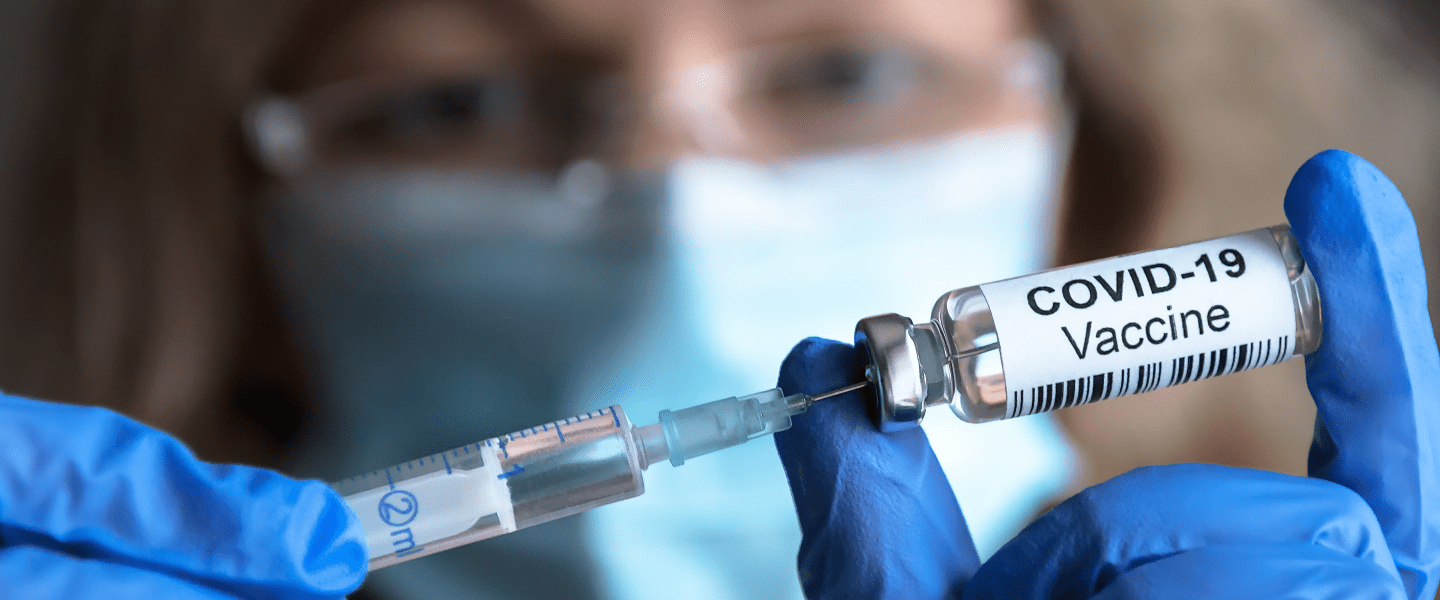

Ever since the COVID-19 pandemic started in January 2020, the whole world has been waiting with bated breath for a cure or a vaccine. The wait ended towards the end of 2020 with various vaccines getting approvals. With the COVID-19 vaccines already in circulation, their transportation and distribution generates a new set of challenges.
The Pfizer and Moderna COVID-19 vaccines require extremely low temperatures and ultra-freezers for long-term storage. The other vaccines, too, require cold storage and freezers for transportation and distribution. Here are the challenges associated with storing and transporting these vaccines on a global scale.
1. Sheer Volume of COVID-19 Vaccine Distribution
While medicines and vaccines have been previously transported over long distances, the sheer volume of the distribution of the COVID-19 vaccine is unheard of. Countries of the GCC, such as the UAE and KSA, have vowed to vaccinate everyone, but when you begin to calculate exactly how many people that would mean, the required amount of vaccines needed adds up to a huge number.
The population of the GCC is around 65.5 million, and each person requires two doses, making the estimated number of vaccines needed to vaccinate the whole population roughly 131 million. Europe would need around 890 million doses, whereas the US would need 640 million doses.
Handling the transportation of such a large volume of precious drugs needs smart solutions that offer continuous tracking and excellent packaging solutions.
2. Cold Chain Logistics of COVID-19 Vaccine
COVID-19 vaccines require ultra-temperatures during transportation and storage. While cold chain logistics exist, those that can provide such low temperatures at a large scale are not very common.
The temperatures need to be maintained at the required level throughout the transportation and storage phases. The packages being transported require packing solutions that are both strictly temperature-controlled and also keep the delicate vials of the vaccine safe during transit.
While these temperature-controlled packaging solutions do exist, most of them rely on high-grade freezers and dry ice. All of these increase the overall weight of the product to be transported.
Aramex offers various packaging solutions that are ideal for transporting COVID-19 vaccines, making use of inner absorbent materials, seal-proof bags, and PCM thermal boxes, as well as providing pharmaceutical packaging solutions, such as thermal blankets for pallets, Envirotainers, and SkyCell containers.
We also offer real-time temperature monitoring to ensure that the vaccines always stay at temperatures between -60°C and 8°C.
3. Overburdened Transport Methods
With the onset of the pandemic, there has been a rise in online orders and, consequently, in global shipping needs. Around half of the global population prefers to shop online, and there has been a 6 to 10% increase in online sales across categories.
COVID-19 has slowed down the port operations and limited cargo flights. The logistics industry is also facing staff shortages as many employees have contracted COVID-19. With the global logistics industry already overburdened to its limit, the additional charge of transporting the vaccines is pushing it further.
Most of the vaccines have been transported via air and ship, while the last mile deliveries are carried out on land. All of these methods are already operating at their maximum capacity.
4. Last Mile Logistics and Distribution of COVID-19 Vaccines
The last mile logistics pose a whole new set of challenges. The vaccines need to be carefully loaded into trucks or other means of local transportation equipped with freezers that can maintain the temperatures required for the vaccines.
The high temperatures in GCC mean that only those trucks that are equipped with high-quality freezers can transport the vaccine. Another complication could arise: should the freezer malfunction, temperatures would quickly climb, leading to vaccine wastage.
As the demand for such trucks hasn’t been high until recently, there has been a shortage of trucks to complete the last mile delivery and distribution of the vaccines.
5. Transporting Medical Devices Needed for Vaccine Distribution
Transporting the COVID-19 vaccine is only one part of the challenge. Other medical devices such as needles, syringes, disinfectants, plasters, face masks, gloves, gowns, waste bags, and so on all add up to a significant volume.
While these may not require the ultra-low temperatures needed for the COVID-19 vaccines, they require proper transportation to ensure that they do not break or get damaged, or leak. All equipment should be packed with utmost care and use proper cushioning. Syringes and disinfectants must also be packed using air-filled packets or bubble wrap to reduce damage from impacts.
Key Takeaways
Smart solutions in the logistics industry are the only way forward to face all the challenges of distributing the COVID-19 vaccine. An increase in reefer trucks, focus on cold chain logistics, and attention to the efficiency of last-mile logistics are the need of the hour. As a logistics industry leader, Aramex is stepping up to meet the present needs, from cutting-edge cold chain transport and storage solutions to real-time tracking.